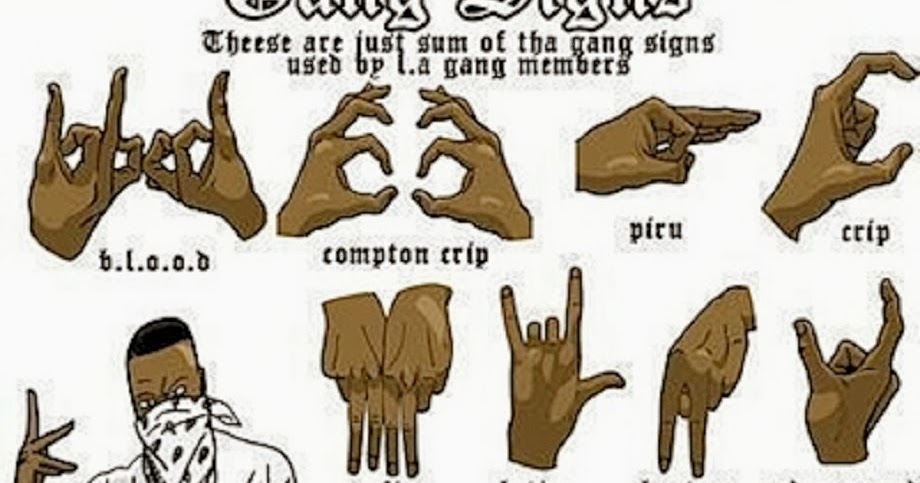Deciphering Urban Semiotics: Understanding the Language of the Streets
Walking down a bustling city street, one encounters a symphony of visual cues – architectural flourishes, vibrant street art, and the subtle nuances of human interaction. But within this urban tapestry lies another, often overlooked, layer of communication: the language of the streets. This unspoken dialogue, comprised of symbols, colors, and gestures, conveys a wealth of information, often reflecting the social dynamics and histories etched into the urban fabric. One such element of this intricate language is the use of hand signs, particularly those associated with gangs.
Hand signs, often intricate and seemingly innocuous, can carry significant weight within certain social contexts. They serve as markers of affiliation, declarations of territory, and potent symbols of collective identity. To the uninitiated, these gestures may appear as nothing more than casual hand movements. However, to those versed in their meanings, they represent a complex code, communicating messages of solidarity, rivalry, or even potential danger.
The origins of these signs are often rooted in a need for identity and protection, arising from marginalized communities where traditional power structures are absent or inaccessible. They represent a visual language born out of adversity, allowing individuals to navigate complex social hierarchies and assert their presence within often challenging environments. Over time, these signs have evolved, their meanings shifting and adapting to the changing dynamics of urban life.
Understanding the language of these signs, while complex and nuanced, offers a glimpse into the social fabric of cities. It reveals the intricate networks of belonging and conflict that exist beneath the surface, highlighting the ongoing struggle for power, identity, and recognition within urban environments. It is important to approach this subject with sensitivity, recognizing that these signs are not merely abstract symbols but reflections of complex social realities.
However, it is crucial to recognize the potential dangers associated with misinterpreting or misusing these signs. What may seem like a harmless gesture in one context could have severe consequences in another. Furthermore, associating these symbols solely with negativity risks perpetuating harmful stereotypes and overlooking the rich cultural tapestry from which they emerge. It is essential to engage with this topic responsibly, seeking to understand rather than to appropriate, and recognizing the humanity and complexity of the individuals and communities behind these visual codes.
While this article provides a glimpse into the world of street symbols and gang signs, it is by no means an exhaustive guide. It is crucial to approach this topic with sensitivity and respect, understanding the complex social dynamics at play. Misinterpreting these signs can have serious consequences, and it is never appropriate to imitate or appropriate them. Remember, understanding a culture's visual language requires empathy, respect, and a commitment to responsible engagement.
Acc basketball this week your courtside guide to the action
Decoding the rose what does gifting pink roses mean
Sherwin williams blue bell a deep dive into this calming hue













